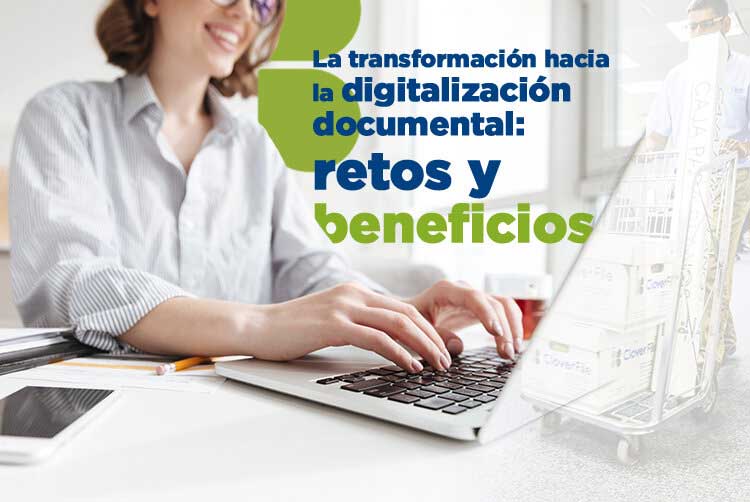
18 Feb The transformation towards document digitization: Challenges and Benefits
Digitalization, in all its broad scope, is a global phenomenon that has been around for several years, but despite technological progress, there is still much to be done in the world of Document Management.
It is becoming increasingly common, if not essential, to carry out daily tasks through electronic devices, whether for research, information, legal procedures, recreation or communication. Almost all information is now in the digital world. However, paper still has an important role in the management of companies and organizations that maintain their historical archives and, for various reasons, have not yet made the move to digital transformation.
Although we are in an advanced era of digitalization, there are still challenges to be faced in Document Management, and one of those big challenges is the training and awareness of the personnel responsible for managing each organization’s files about the need to have a document management software that facilitates document location and flow. In many cases, users within companies create digital folders on computers, based on their own criteria of “archiving,” but these actions may not necessarily solve the document management problem; on the contrary, they could cause even more disorder without proper expert advice.
Another major challenge is the integration of the public sector into digitalization services. It is important for government organizations to make an effective transition to digital management as this would significantly reduce costs for the state and speed up citizen services.
How does digital transformation help improve processes in any public or private organization?
There are many benefits to entering the digital era, from economic to environmental. But let’s delve a little deeper.
Migrating the physical file base to digital platforms achieves a significant reduction in paper consumption and the use of photocopiers (which involves the use of toners or inks in the case of printers); information flow is accelerated and improves delivery times in processes, contributing to a more pleasant work environment; it frees up physical spaces previously used for paper storage; and promotes recycling. On the other hand, it also facilitates access to data from anywhere through the use of devices with an internet connection; optimizes controls and monitoring of shared files; and guarantees document preservation since they do not deteriorate over time.
For each purpose, whether business, educational, governmental, scientific, or in the healthcare sector, digitalization has become a necessity. But this necessity must be accompanied by a comprehensive Document Management project, based on the implementation of software that allows process optimization and expert advice to ensure effective information management.
We are facing a wide range of digitalization applications that have become imperative in this new reality. Beyond security and prevention protocols, this transition period reinforces the flexibility of these solutions in transforming processes chains, which are now less complex and more efficient.
At CloverFile, we offer comprehensive Document Management solutions to incorporate organizations into digital transformation, allowing them to optimize processes and preserve their archival heritage.

